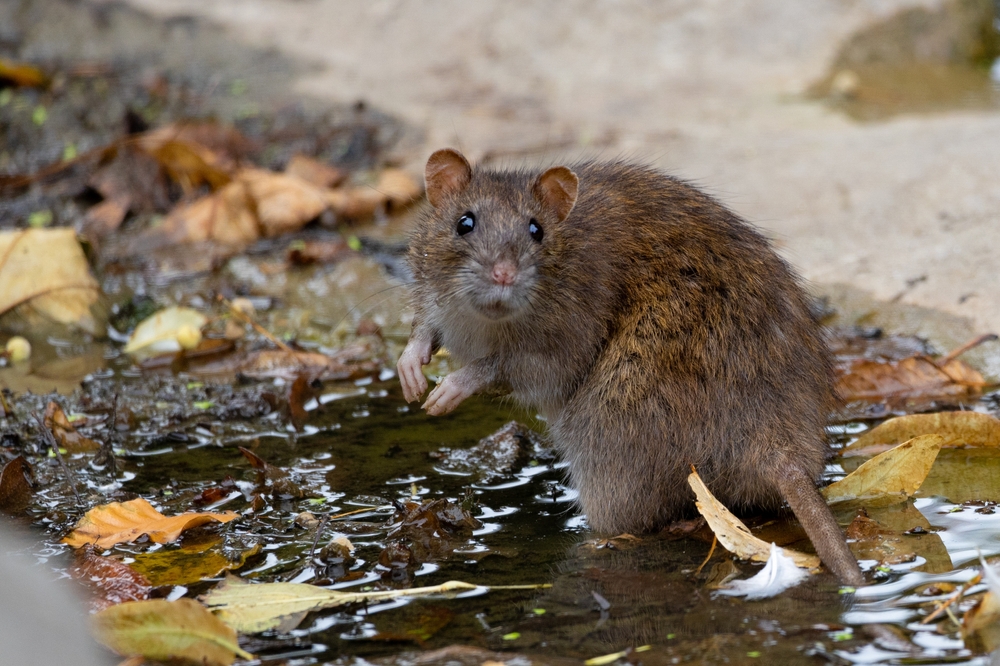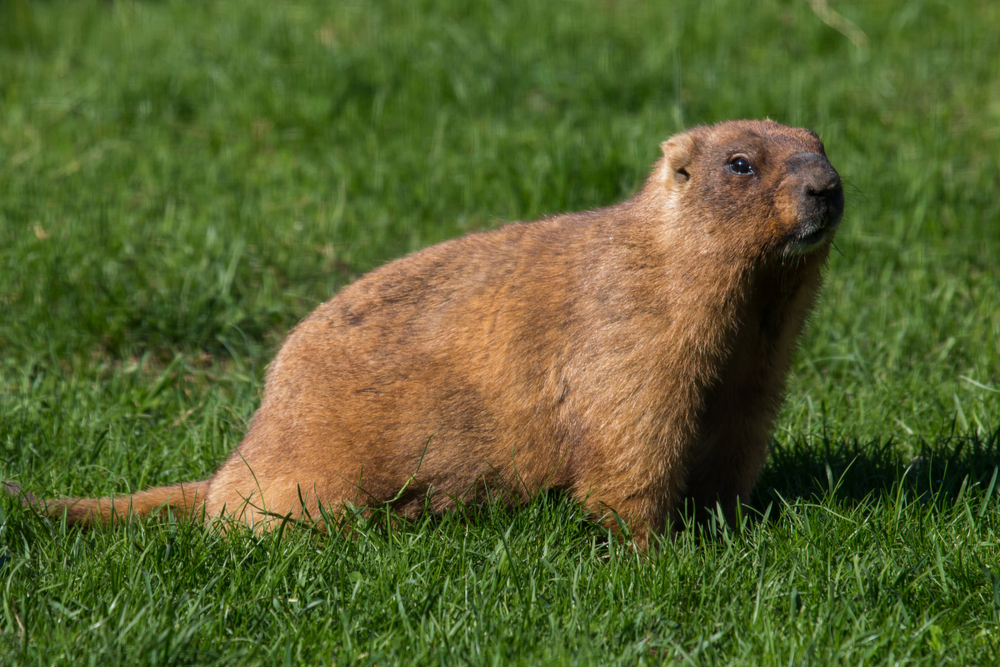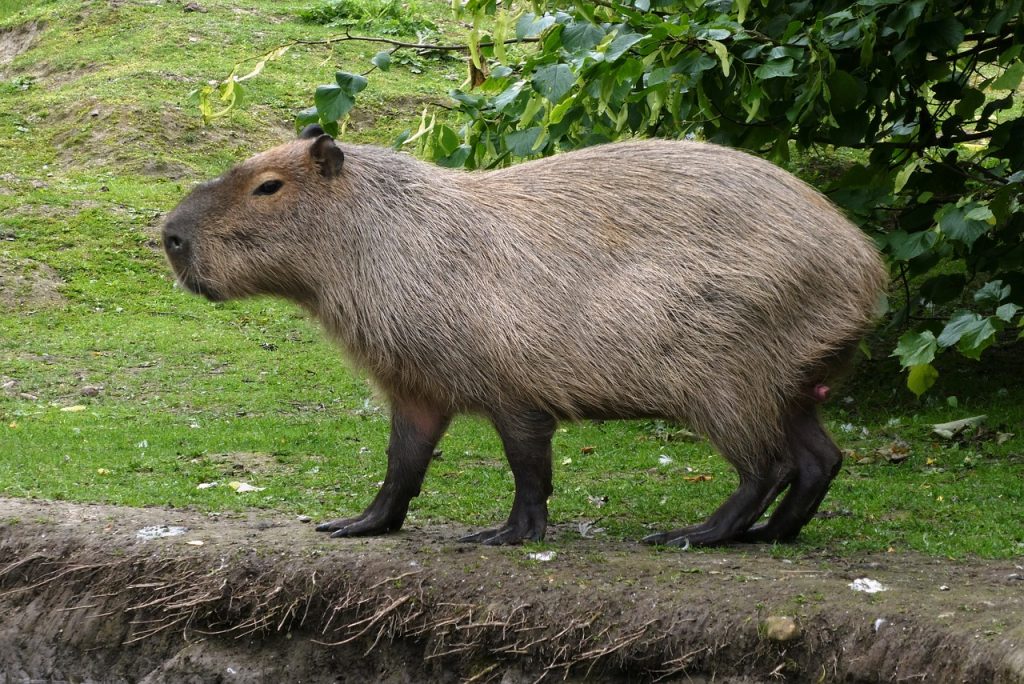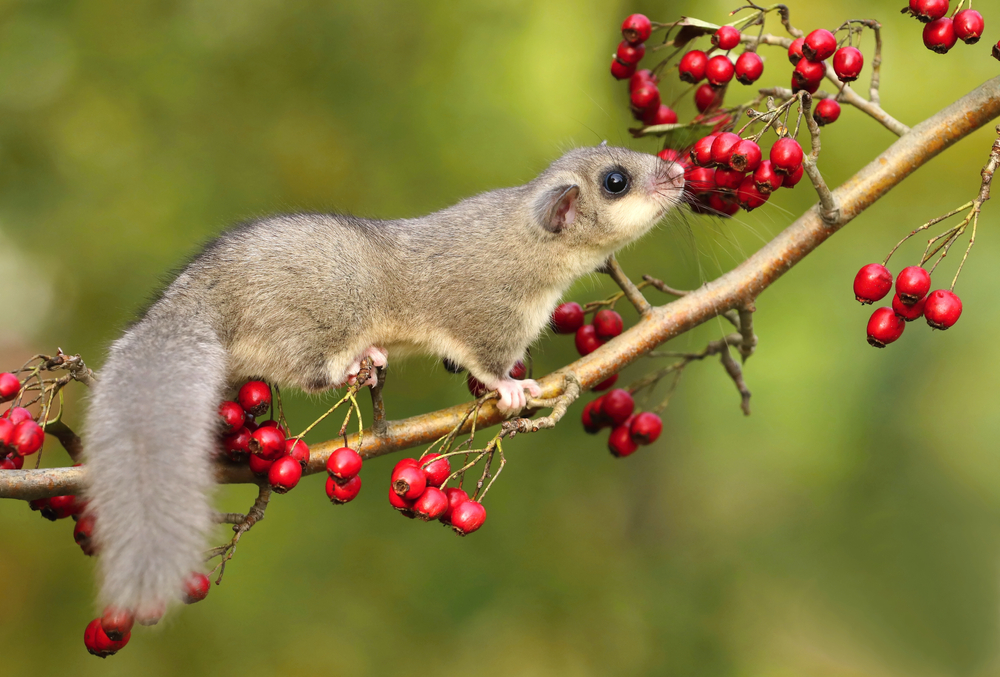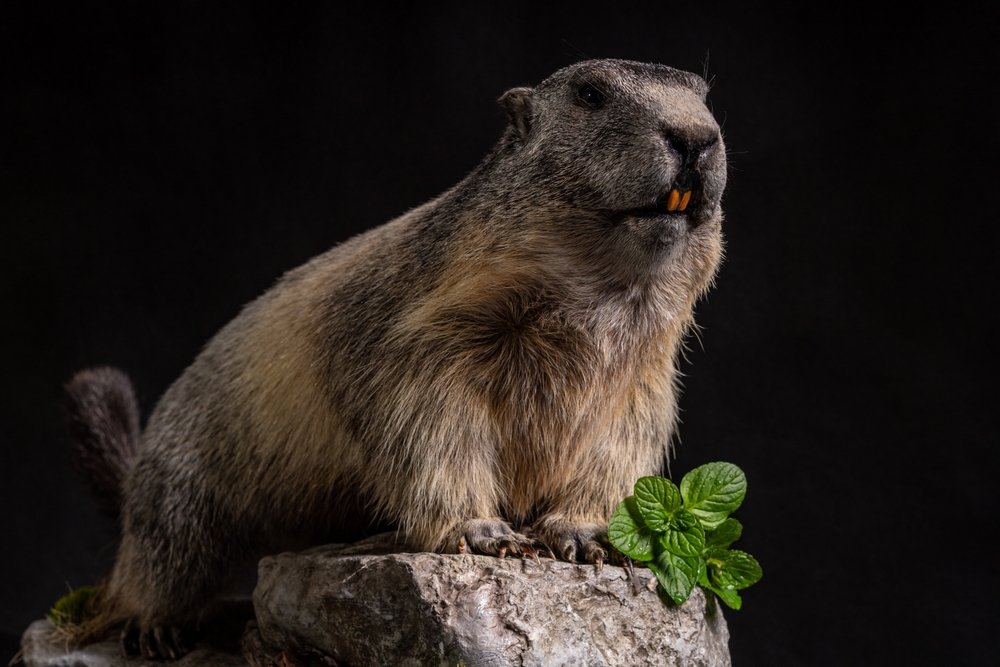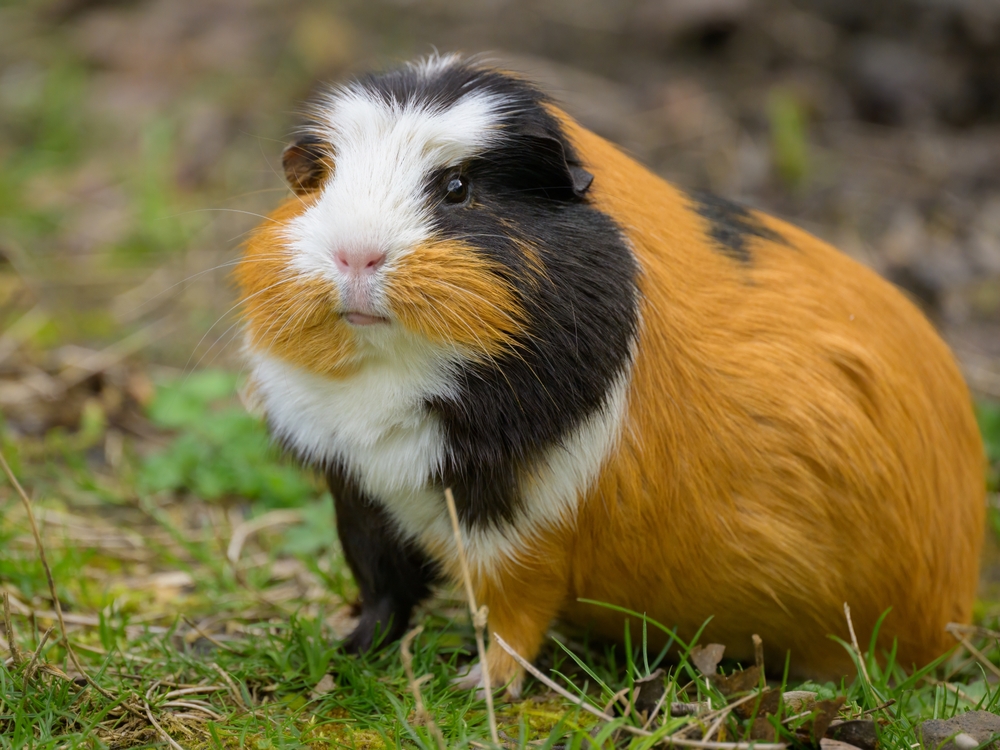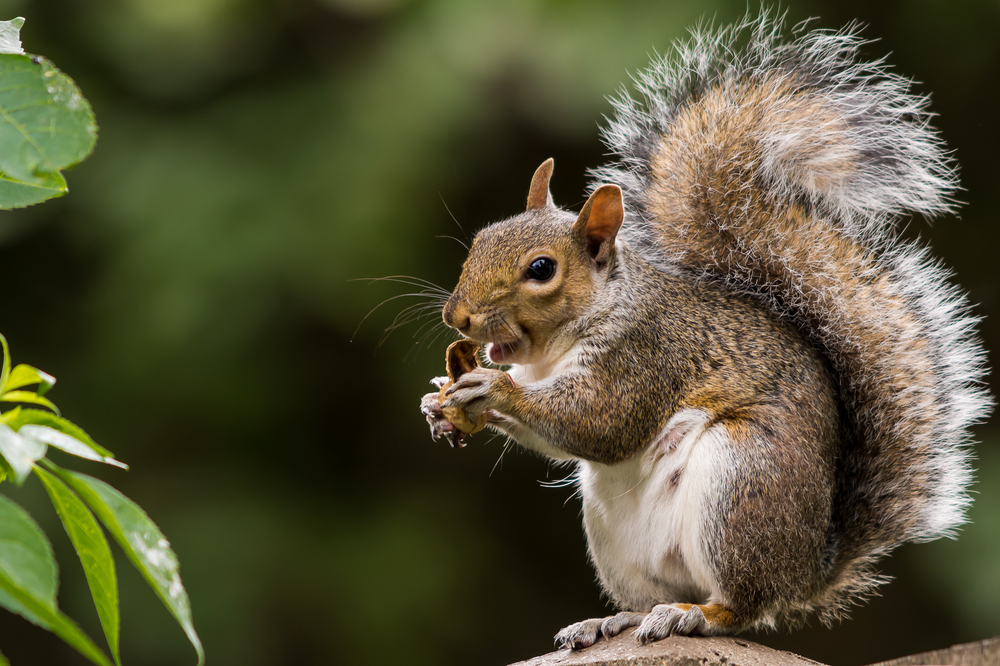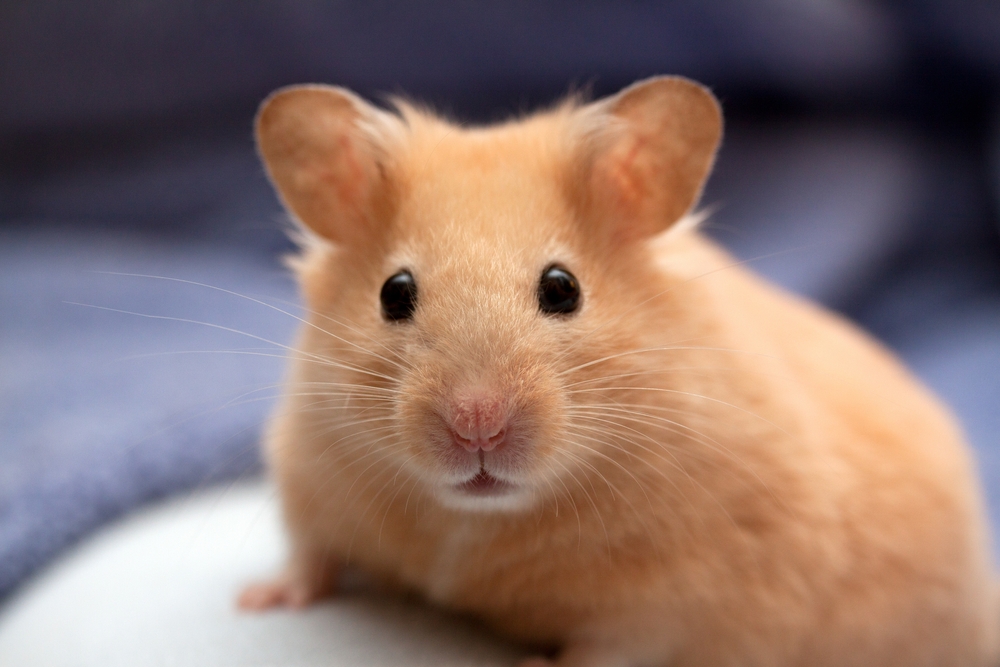About
#Mammals
#Rodent
Rats are highly adaptable, medium-sized rodents belonging to the Muridae family, specifically the genus Rattus. Found on every continent except Antarctica, rats have followed human expansion for millennia and now thrive in both urban and rural environments. The two most widespread species are the brown rat (Rattus norvegicus) and the black rat (Rattus rattus), both notorious for their intelligence, reproductive speed, and complex relationship with people.
Typically weighing 150–500 grams (5–17 ounces), rats have slender bodies, long scaly tails, sharp incisors, and excellent senses of smell and touch. Their nocturnal lifestyle and agility allow them to forage discreetly, nesting in sewers, walls, fields, and buildings. Omnivorous and opportunistic, rats consume grains, fruits, meat, waste, and just about anything available—making them both resourceful survivors and agricultural pests.
Socially, rats are intelligent and hierarchical, capable of learning, empathy, problem-solving, and forming strong social bonds. These traits, along with their biological similarity to humans, have made rats essential in scientific research, particularly in medicine and psychology. Domesticated forms, known as fancy rats, are also kept as pets, valued for their cleanliness, playfulness, and trainability.
However, wild rats are often viewed negatively due to their association with disease, including their role in spreading the plague historically and transmitting modern pathogens like leptospirosis and salmonella. Despite this, rats are vital to ecosystems, acting as prey for many predators and contributing to nutrient cycles through scavenging and burrowing.
Resilient, misunderstood, and ecologically significant, rats are a powerful symbol of adaptability in a rapidly changing world.
Threatened:
Extinct
Critically Endangered
Endangered
Vulnerable
Near Threatened
Least Concern



































































